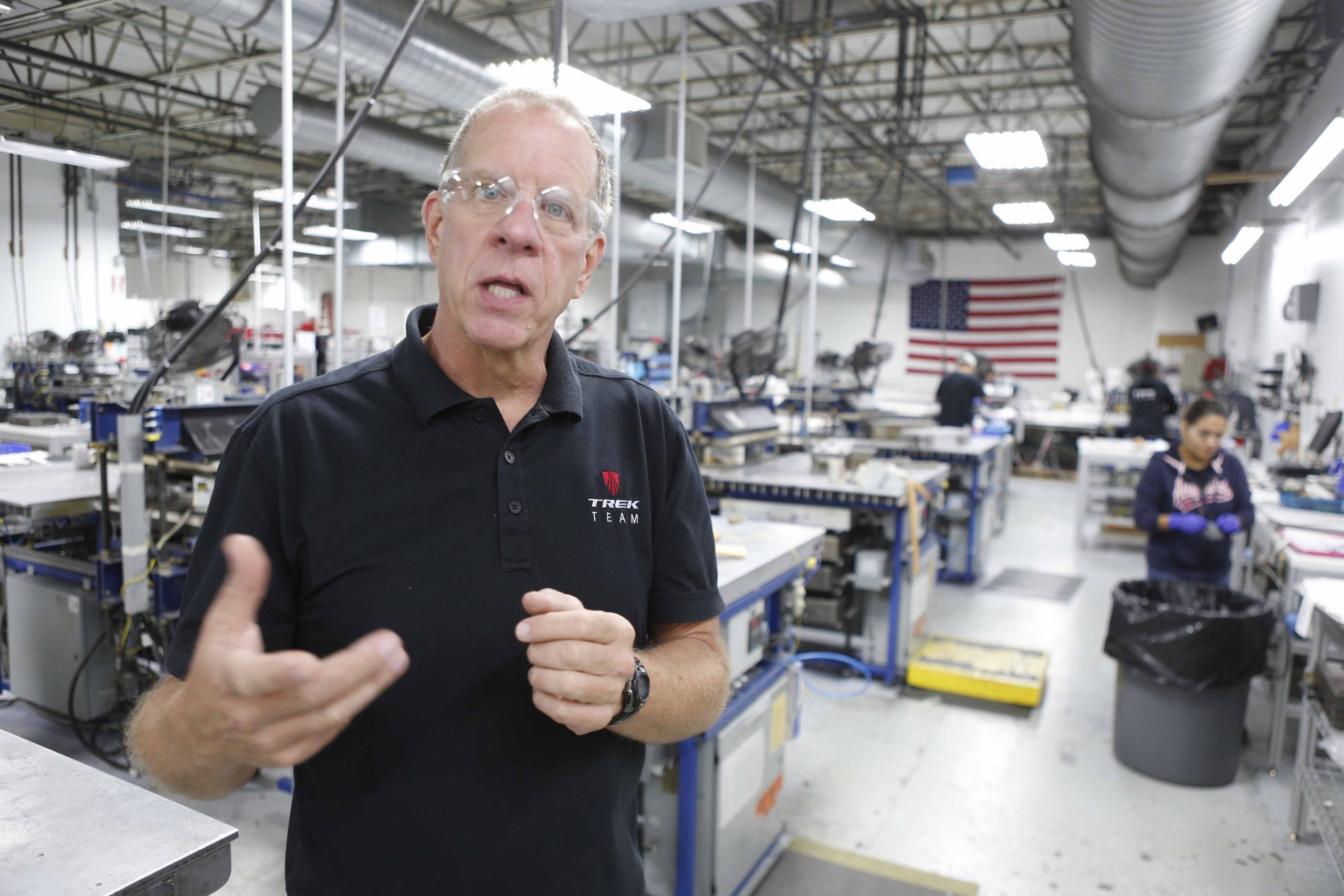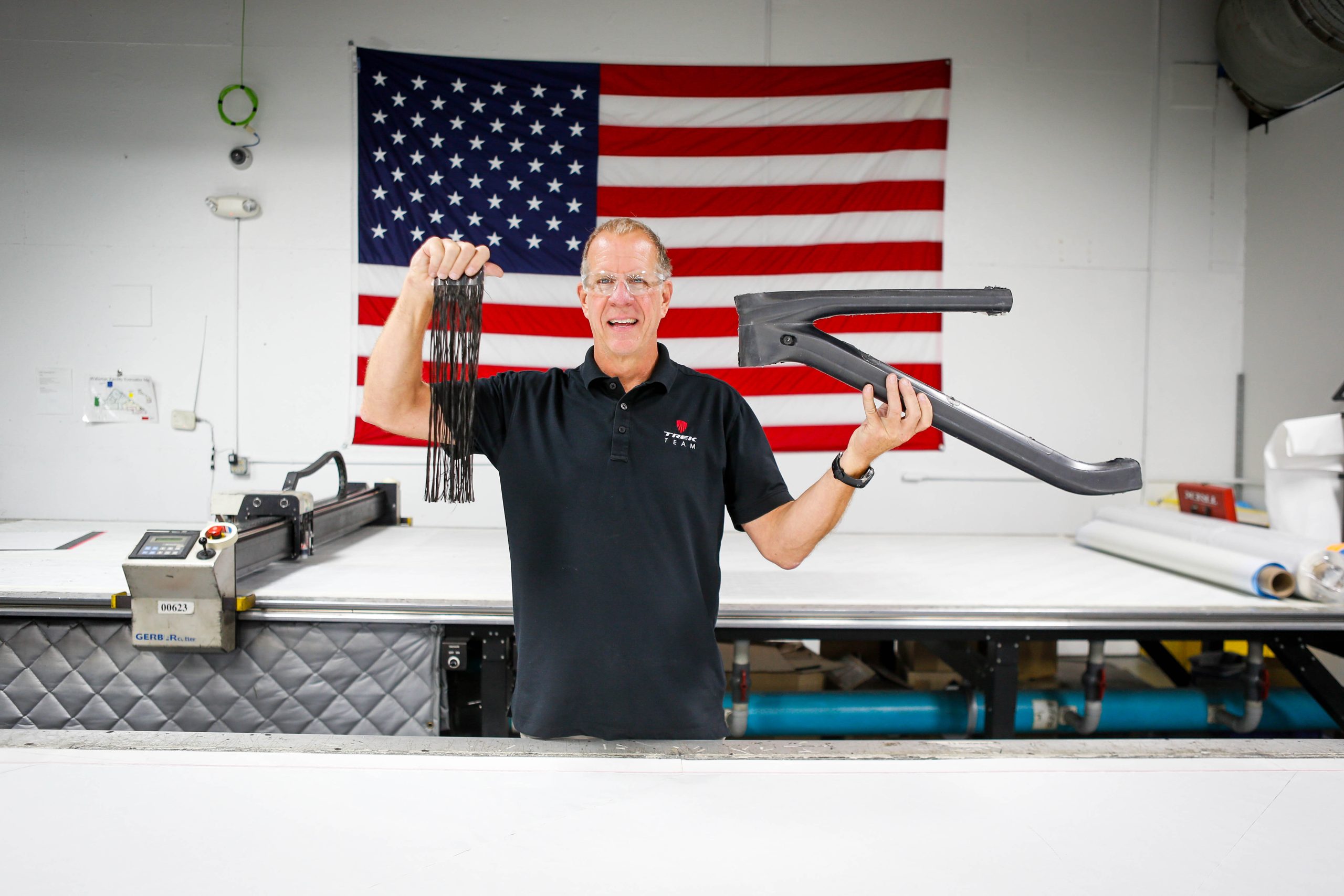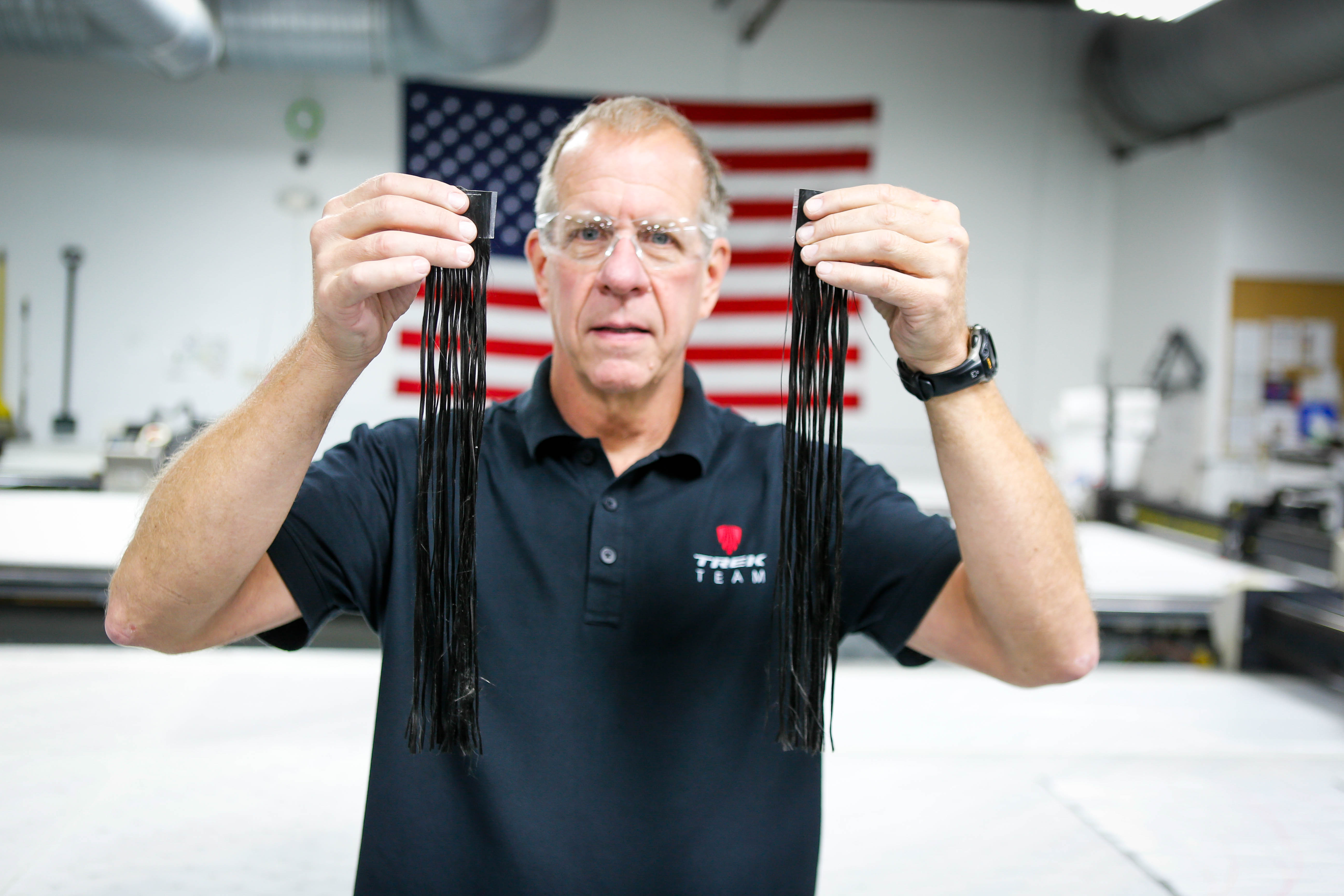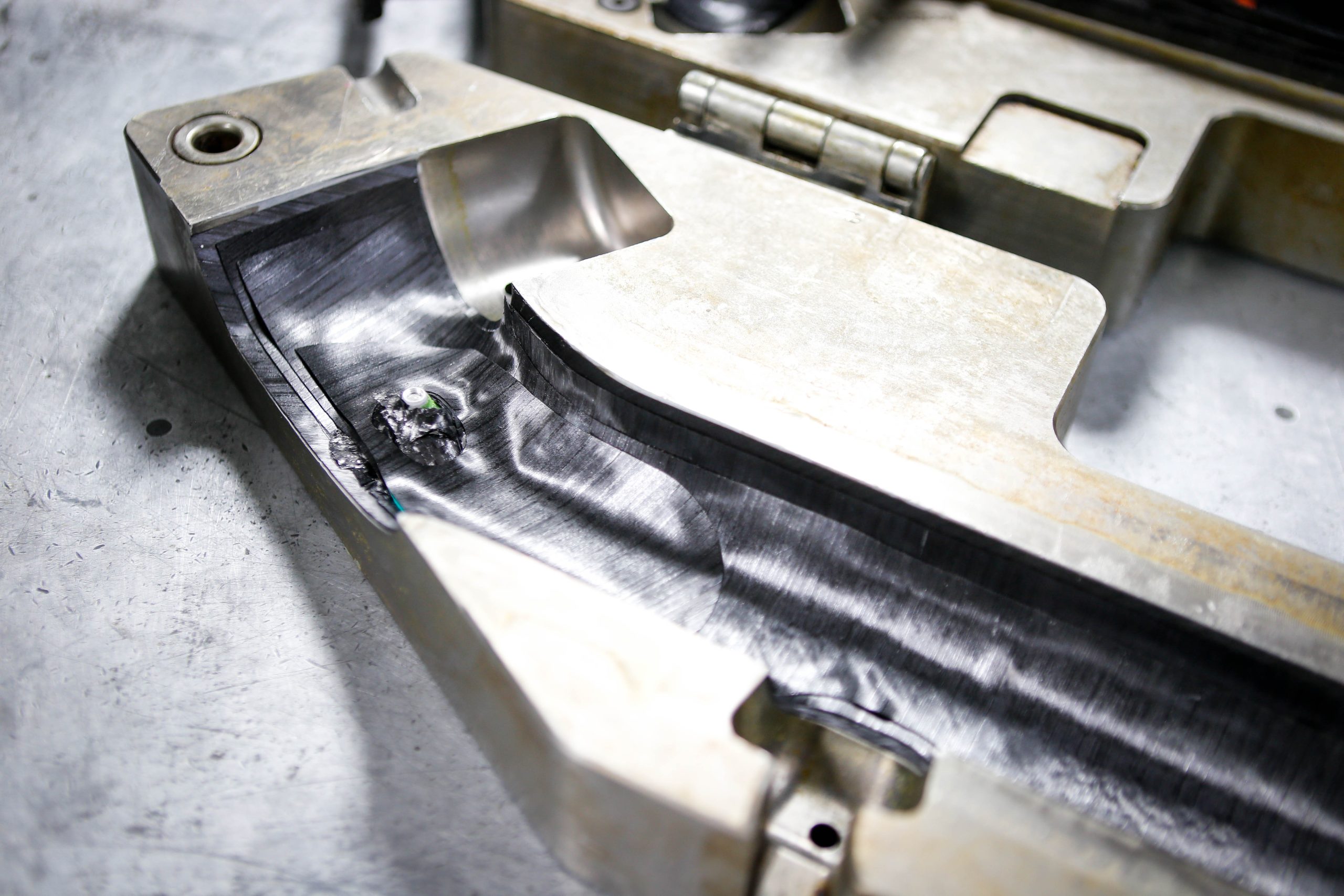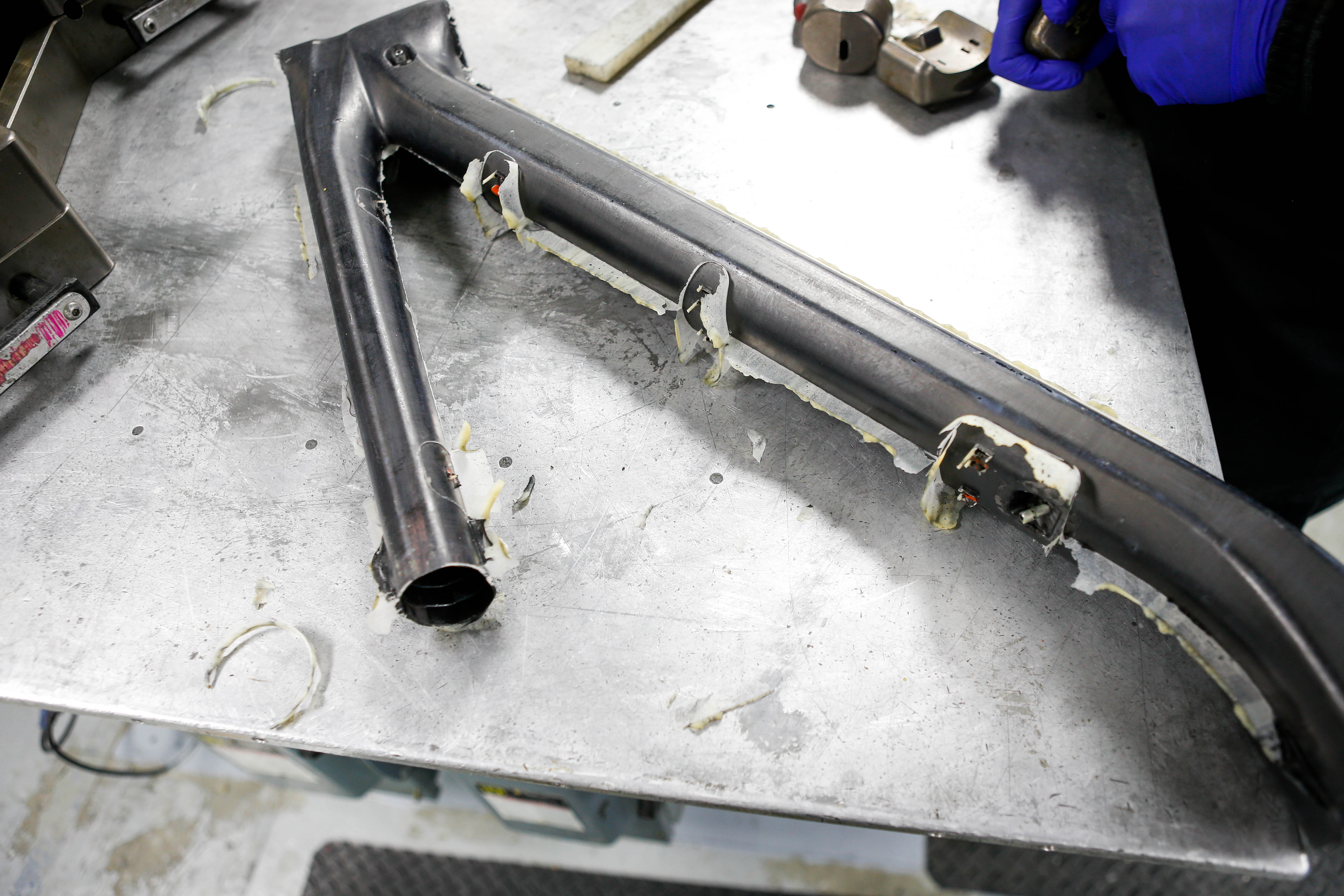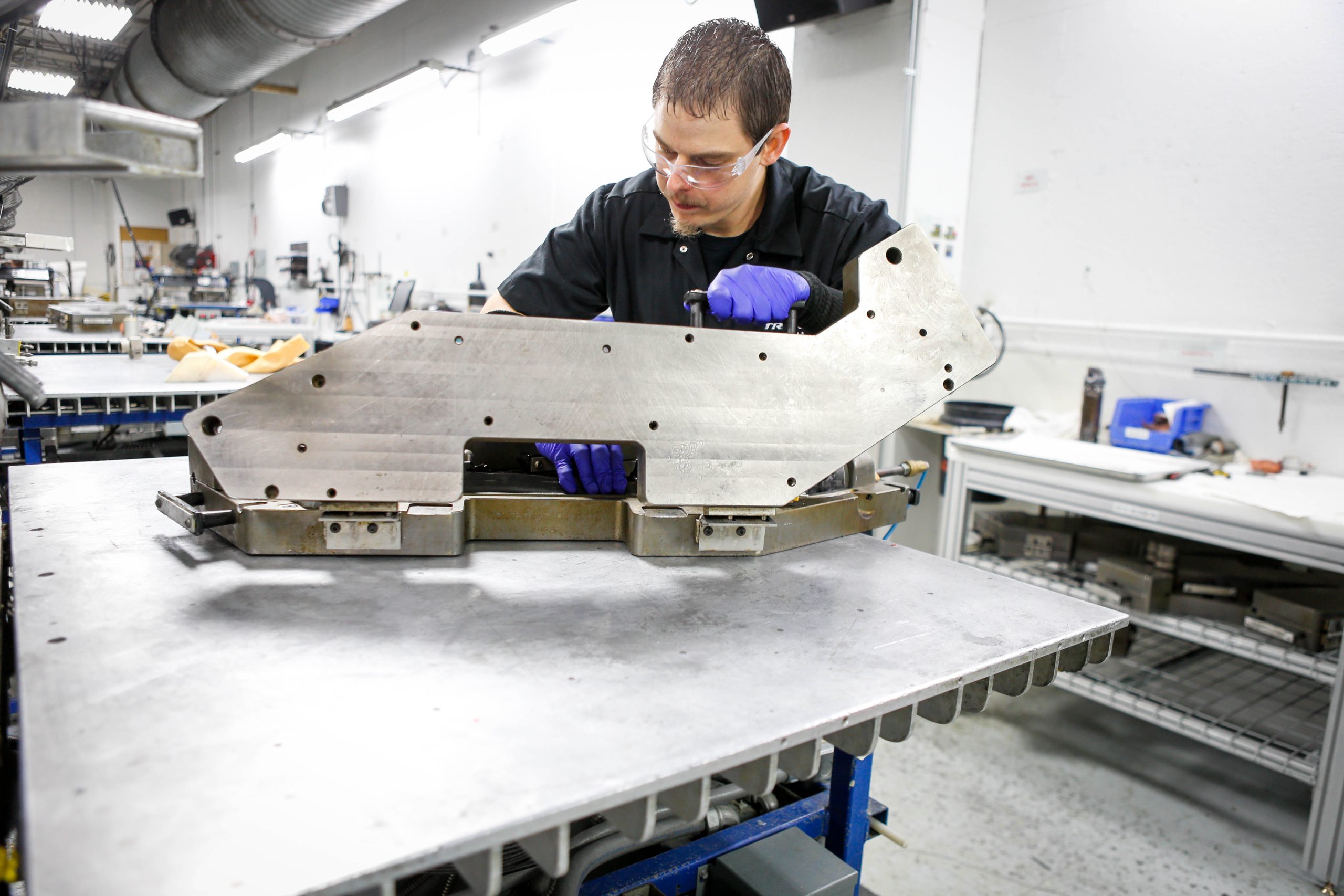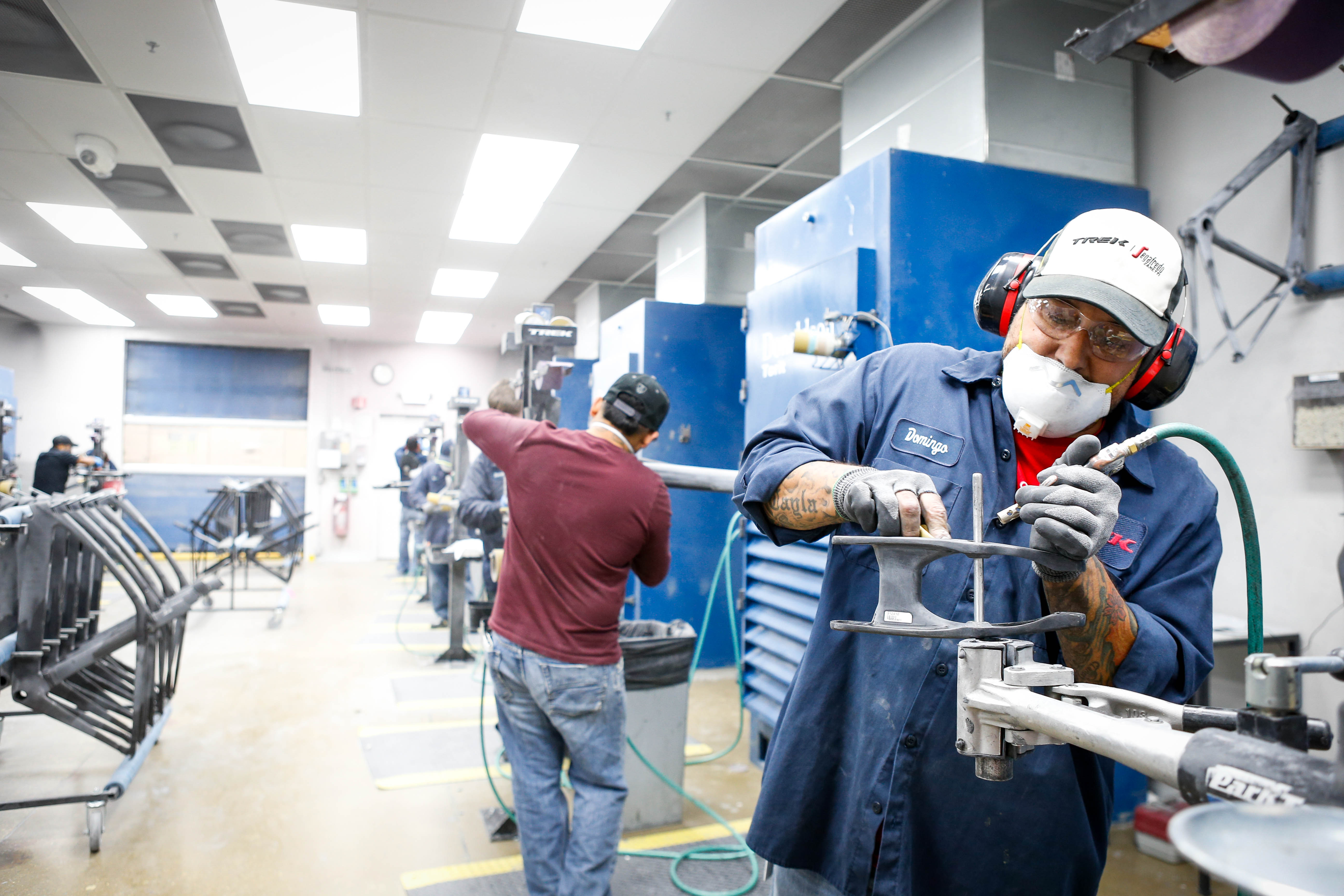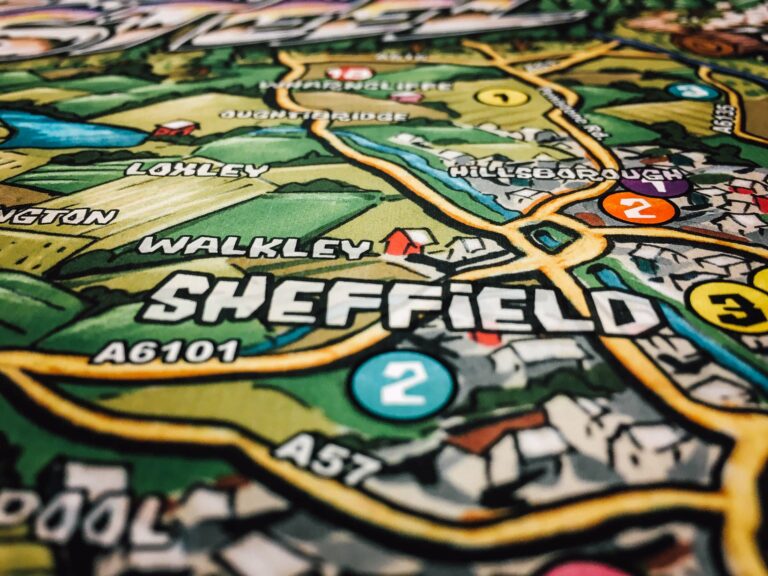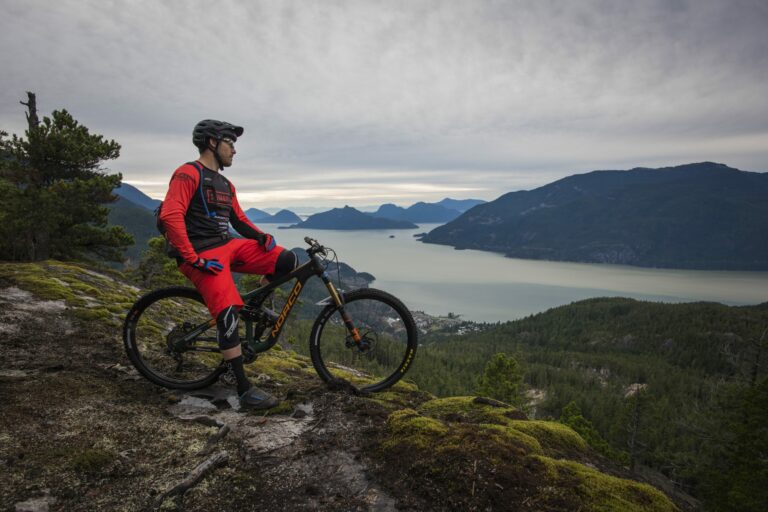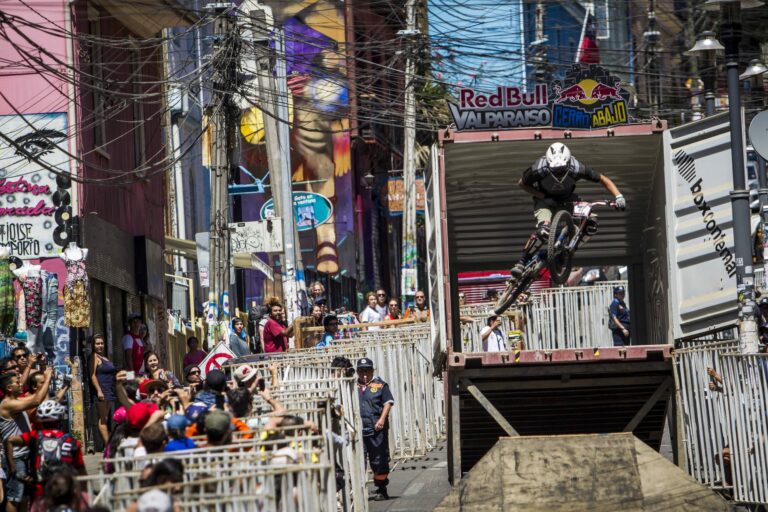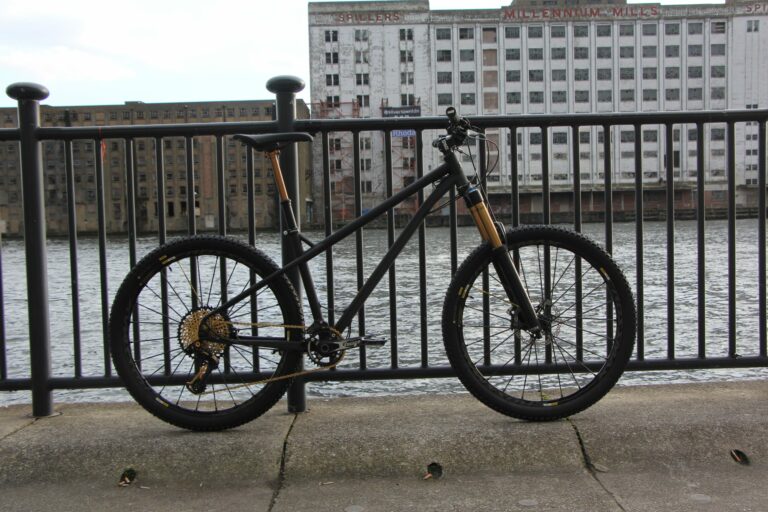The stiffness doesn’t always come from the material type or lay-up but shape of the frame correct?
Correct. While carbon fibre is a very stiff and strong material, much of the ride performance stiffness comes from the section properties of the frame (frame shape). We use sophisticated 3D modelling in conjunction with high-level composite-based Finite Element Analysis (FEA) in developing the frame, swing arm, rocker link, and stays. In the virtual world of the computer, we can run hundreds of simulations subjecting the bike to all kinds of different load scenarios to see how the bike performs under different loading.
Once we have this information, we can build bikes that show the most promise, then test them in our lab and with our pro riders. In doing so, we can correlate the information from the real world and the virtual world to make sure that we are designing as accurately as we can and producing the highest level of performance that our customers expect.
You’ve been chasing lighter, stiffer for some time now. Is it just about stiffness and have you reached the limit?
We’re very close to reaching a theoretical lower limit on weight. I do not believe we are at that point yet, but we’re getting very close. Years ago, it was easy to take a lot of weight out of the frame by simply changing from aluminium or steel to carbon fibre. Today, we are struggling to find grams to cut. I am continually amazed by what our designers, engineers, and analysis teams can do to find ways to reduce weight and maintain ride performance.

But is lighter, stiffer the most important factor? Surely the aim is about feeling? How can you tailor ‘feel’ within a frame? How does the R&D work with that?
Throughout the industry, the mantra has been “lighter and stiffer.” We’ve known for a while that we were reaching that theoretical lower limit on weight, and so for several years now we have been focusing on ride performance and feel over just making the lightest and stiffest bikes.
One of the beauties of carbon fibre is that you can vary the material type, the number of plies, the ply angles, as well as where the plies begin and end. Unlike other materials, like aluminium or steel, where you have a uniform wall thickness, carbon fibre can be varied everywhere throughout the frame. This allows us to fine tune all those characteristics that give us a better-handling higher-performance bike.


